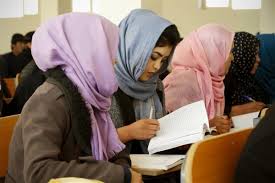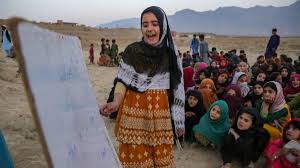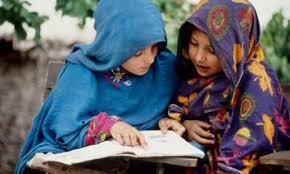A look at the educational situation of women in Afghanistan

The educational situation of women in Afghanistan has been affected by various factors in recent decades. Here we examine the educational conditions of women in Afghanistan:
Developments and achievements
-
Increasing enrollment in schools:
- After the fall of the Taliban in 2001, the number of girls in schools increased significantly. Millions of girls went to primary and secondary schools.
-
International programs:
- International aid and educational programs from non-governmental organizations and foreign governments have helped to improve girls’ access to education.
-
Higher Education:
- The number of women in universities and higher education institutions has also increased and many women are studying in different fields.

- The number of women in universities and higher education institutions has also increased and many women are studying in different fields.
Challenges and problems
-
Insecurity and war:
- The insecurity and violence related to the war have closed schools and reduced girls’ access to education.
-
Cultural and social limitations:
- Conservative beliefs and traditions in some areas hinder girls’ education and prevent families from sending girls to school.
-
lack of infrastructure:
- The lack of schools, female teachers, and suitable educational facilities in rural and remote areas is one of the main problems.
-
Poverty:
- Many families do not have the financial ability to send girls to school and prefer that girls stay at home and help.
-
Restrictive policies:
- In different periods, restrictive policies by governments and militant groups such as the Taliban have had a negative impact on girls’ education. After the Taliban returned to power in 2021, severe restrictions were imposed on girls’ education.
-
Lack of psychological and social support:
- Girls who live in violent and unsafe environments need psychological and social support that is not available in many areas.
Solutions and suggestions
-
Increasing security:
- Improving the security situation and reducing violence through peace negotiations and international support.
-
Cultural changes:
- Implementing awareness and educational programs to change cultural and social attitudes towards girls’ education.
-
Investment in infrastructure:
- Building new schools, providing female teachers and creating appropriate educational facilities.
-
Financial supports:
- Providing financial aid to poor families to support girls’ education.
-
Development of comprehensive educational programs:
- Educational programs that include professional and technical training for women and girls so that they can acquire the necessary skills for employment.
-
Psychological and social supports:
- Providing counseling services and psychological support to girls and women to deal with problems caused by insecurity and violence.

- Providing counseling services and psychological support to girls and women to deal with problems caused by insecurity and violence.